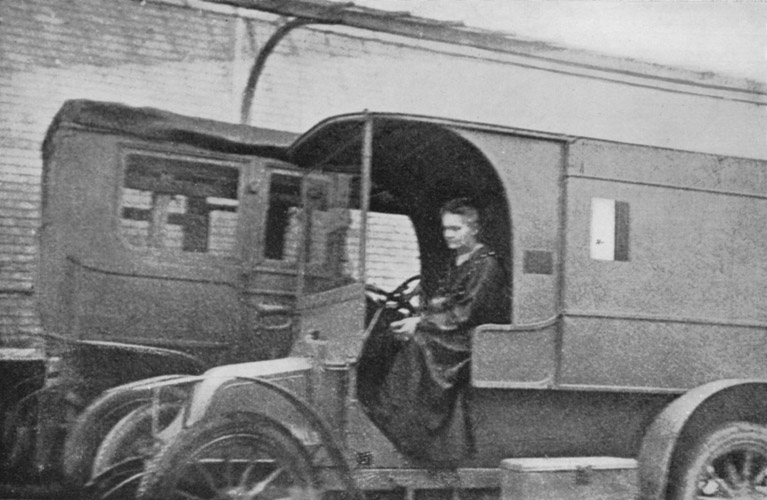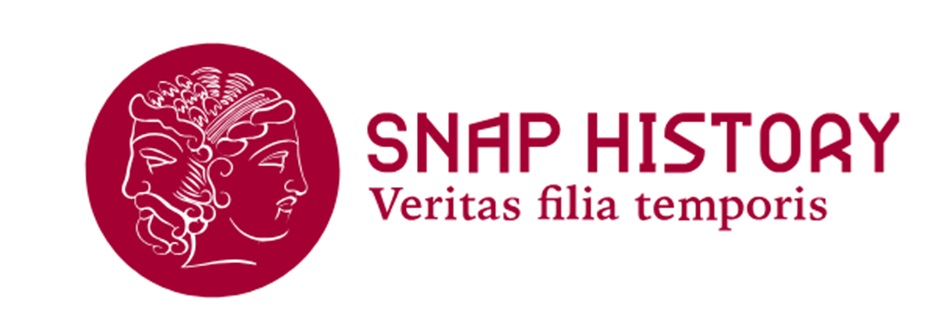The two-time Nobel Prize winner at war
World War I and the great advances in medicine: radiology

Marie Curie driving her Petite Curie - Image wikimedia commons
Wars often bring technological advances, especially in World War I and II. Two of the main figures in the study of radiation were still active at the beginning of World War I: Wilhelm Conrad Röntgen and Marie Curie. Both were involved in wartime activities, producing radiological machinery that would be widely used in favor of military medicine.
Röntgen worked to help Germany utilize the new technology by constructing railway wagons equipped with X-ray machines to be used at the frontlines. Marie Curie further engaged in these efforts, with the help of her daughter Irène, who was also a Nobel Prize winner.
An important insight was the creation of radiological ambulances, vehicles equipped with X-ray equipment that could be easily taken close to the frontlines, serving as crucial tools for medical examination. Due to unstable electrical currents, these vehicles sometimes had their own generators, such as dynamos or alternators connected to the main engine of the truck, or military generators. Marie Curie proudly recalled that “the first radiological vehicle created on my initiative was provided by the Union of French Women and equipped at their expense”. These radiological ambulances were named “petites Curies” and became widespread. Both Marie and Irène personally went to the frontlines to train medical personnel.
It is worth mentioning that Italy was at the forefront of using this technology, as it had already been utilized in the African wars and the Italo-Turkish war, with very positive and encouraging results for Italian scientists and doctors.
The contribution of these early X-ray devices was enormous, especially in advancing surgery and contributing significantly to this branch of medicine.
One of these X-ray machines can be seen in its entirety at the Italian Historical War Museum.
2025-04-22
Gianluca Maria Ravasi
